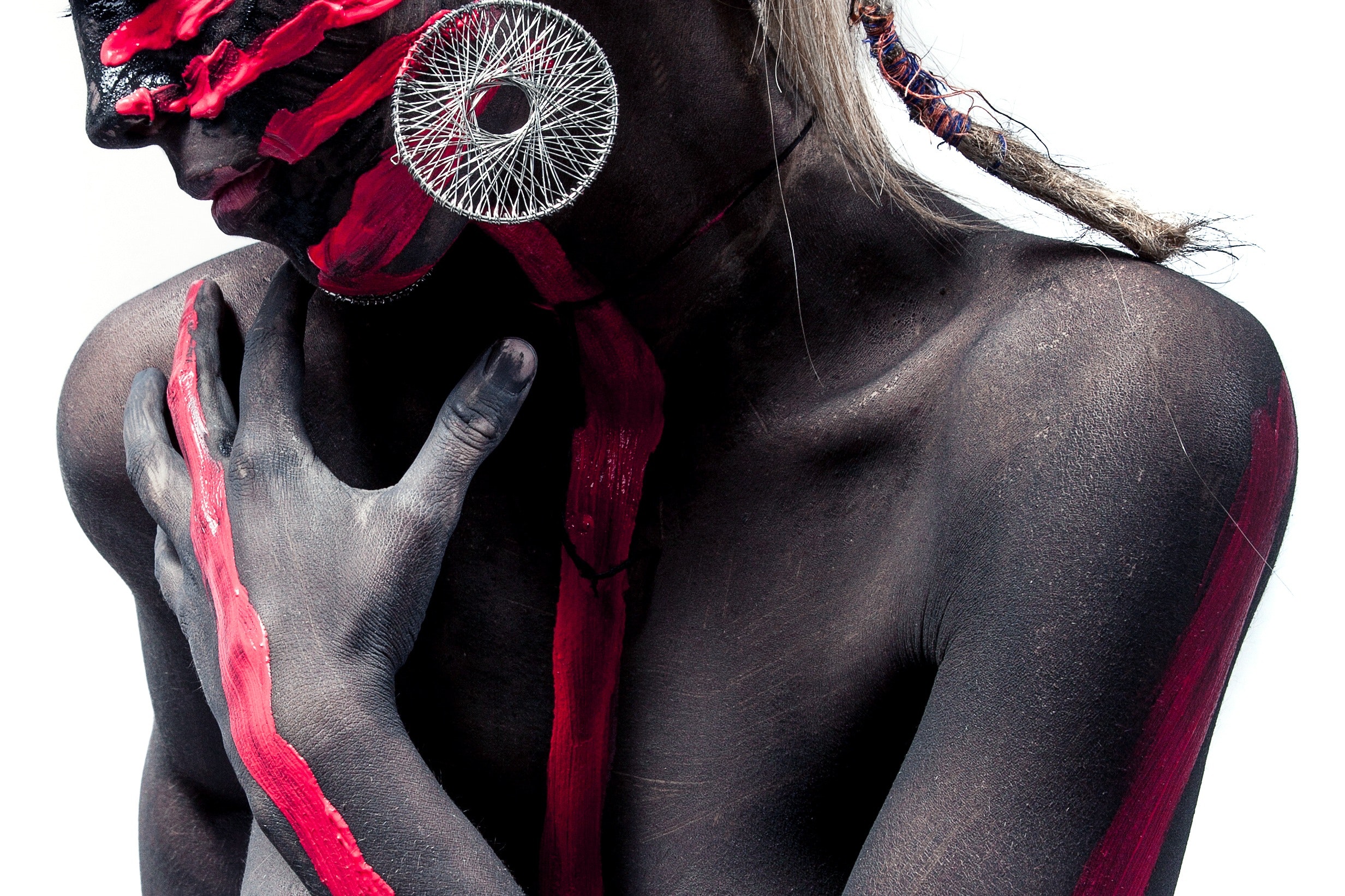As a team-building activity, my former company did a painting outing in Seattle. We spent four hours learning about, and emulating the painting style of, Vincent Van Gogh. I discovered that Van Gogh was affected by hypergraphia, the overwhelming compulsion to write. In fact, he wrote 2-3 letters a day to his brother Theo, which accounts for 650 of over 928 surviving letters written or received from the artist.
I was intrigued to discover that there are a lot of famous writers past and present who suffer from this wonderful affliction: Fyoder Dostoevsky, Robert Burns, Danielle Steel, Edgar Allan Poe, Sylvia Plath, Isaac Asimov and Lewis Carroll, to name but a few. Carroll wrote over 98K letters, some of which were written backwards and in patterns.
The obvious question is, how does one tap into this writing compulsion and use it to their advantage (i.e. to finish that novel started four years ago)?
Turns out it’s not that simple. Hypergraphia is a symptom often associated with neurological trauma to the temporal lobe, which is the area of the brain where ideas are born. Neurologist Alice W. Flaherty explored this phenomenon in a book called The Midnight Disease: The Drive to Write, Writer’s Block, and the Creative Brain. She asserts that while the temporal lobe births ideas, the frontal lobe acts as the editor, red-lining our creativity.
But while hypergraphia is an abundance of creativity, hypographia doesn’t necessarily mean the absence of it. In fact, both may result a TON of creative ideas, but hypographia could just be a fear or difficulty in committing to just one.
Short of getting a doctor’s note for “hypographic” tendencies, we should borrow from the Hypergraphics in the world…allow ourselves to lose our filter and fuss, muse, be messy, and backwards. It just may be the key to writing a wonderful story!

